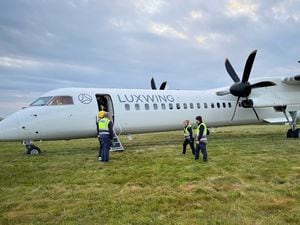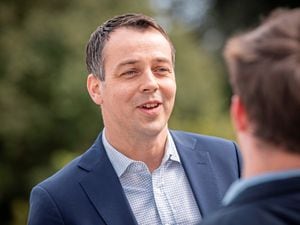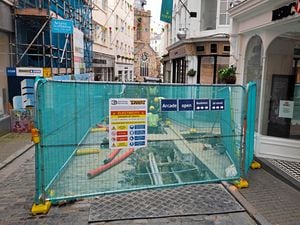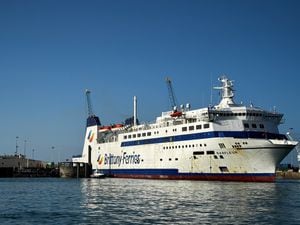Loss-making Dairy could be moved
A REPORT on moving Guernsey Dairy could be taken to the States before the end of this term, said the States’ Trading Supervisory Board’s president.
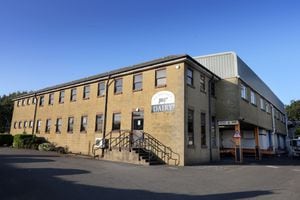
Options for the future of the loss-making operation are being looked at, said Peter Ferbrache as the board unveiled its first annual report.
The Dairy suffered a net deficit of £486,000 in 2018, some £130,000 more than the year before, although its revenue had increased as a result of price rises and a 21% increase in butter sales.
But, said the report, people are drinking less milk, and Deputy Ferbrache said this was due to many turning to non-dairy alternatives such as coconut or almond milk.
Sales of liquid milk represent more than 75% of the Dairy’s turnover and despite more than six million litres of milk being supplied, sales declined again in 2018.
The report noted that this is likely to present an ongoing challenge for the traditional dairy business.
States’ Trading Assets managing director Simon Elliott
said that the island could import milk from the UK if the
States allowed, but added ‘The States’ policy is to keep the fields green.’
The buildings on the St Andrew’s site date back some 60 years.
‘It’s an old building, pretty decrepit, running single-stream manufacturing plant that’s absolutely vital to the well-being of the island.
‘If we could get States approval on a preferred way forward this term, that would be good.’
A working party has been set up to look at the options, and Deputy Ferbrache said that all ideas will be explored.
‘We could perhaps have two or three micro-dairies,’ he said, although a smaller, single site, was also a possibility.
The investigation will involve working closely with farmers and suppliers, said Mr Elliott.
The report said that much of the Dairy’s equipment is also ageing and at the end of its life.
‘That remains a concern, as considerable costs were incurred in 2018 for reactive maintenance to simply maintain production,’ said the report.
‘Work has therefore begun to determine if the current site and facilities remain fit for purpose.
‘In the meantime, a prioritised capital plan is in place to replace essential equipment – ensuring any new kit can be used either in the existing dairy or any new facility.

